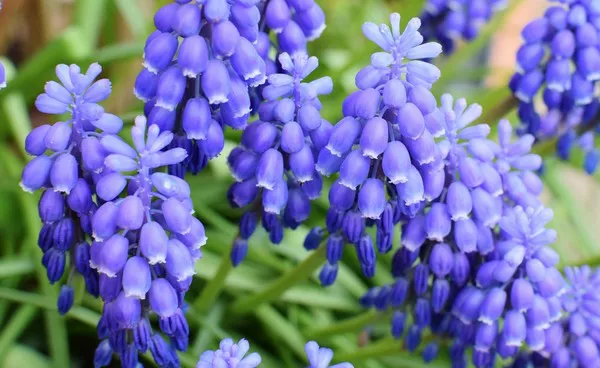Copenhagen, Denmark – Danish design studio Cobe has successfully unveiled Opera Park, a verdant oasis nestled along the inner harbor of Copenhagen. Comprising six contemporary gardens and a distinctive greenhouse resembling a flower, the park celebrates diverse geographic locations, including Danish, North American, Oriental, Nordic, English, and subtropical.
Noteworthy is the subtropical garden, housed within the flower-inspired greenhouse. Dan Stubbergaard, the founder of Cobe, emphasizes, “The Opera Park is a place where nature takes precedence amidst Copenhagen’s bustling urban development. With its six gardens, winding paths, and meticulously crafted viewpoints, the project draws inspiration from Copenhagen’s historical, romantic gardens to address contemporary challenges like declining biodiversity and water management.”
Key Trend Themes:
Urban Green Spaces: The design of Opera Park underscores the prevailing trend of creating lush and green urban spaces as a response to the challenges posed by urban development.
Geographically-themed Gardens: The incorporation of gardens representing different geographic locations exemplifies the trend of cultivating diverse and immersive experiences within urban landscapes.
Replicating Natural Elements: The flower-shaped greenhouse within Opera Park exemplifies the trend of integrating natural elements into architectural designs, enhancing both the aesthetic and overall experience.
Implications for the Industry:
Urban Planning Opportunities: Opera Park’s design presents opportunities for urban planning professionals to leverage green spaces in cities, addressing the multifaceted challenges of urban development.
Landscape Architecture Innovation: The concept of geographically-themed gardens within Opera Park introduces a novel approach to landscape architecture, offering a blueprint for creating immersive and diverse public spaces.
Architectural Design Possibilities: The distinct flower-shaped greenhouse in Opera Park inspires architects to explore incorporating natural elements into their designs, pushing the boundaries of architectural aesthetics and functionality.


